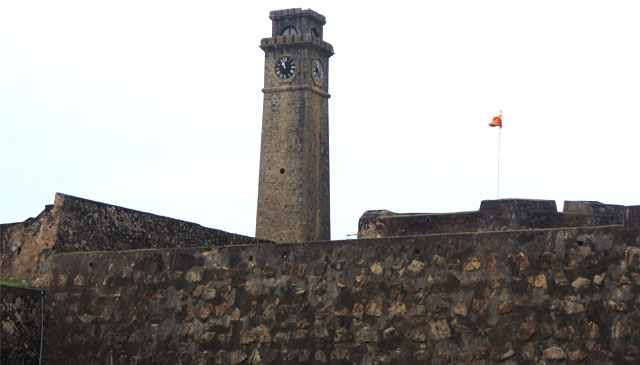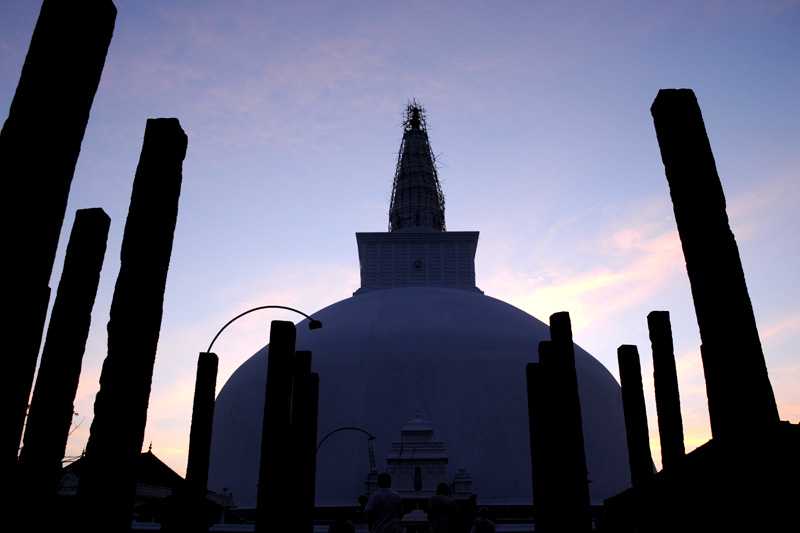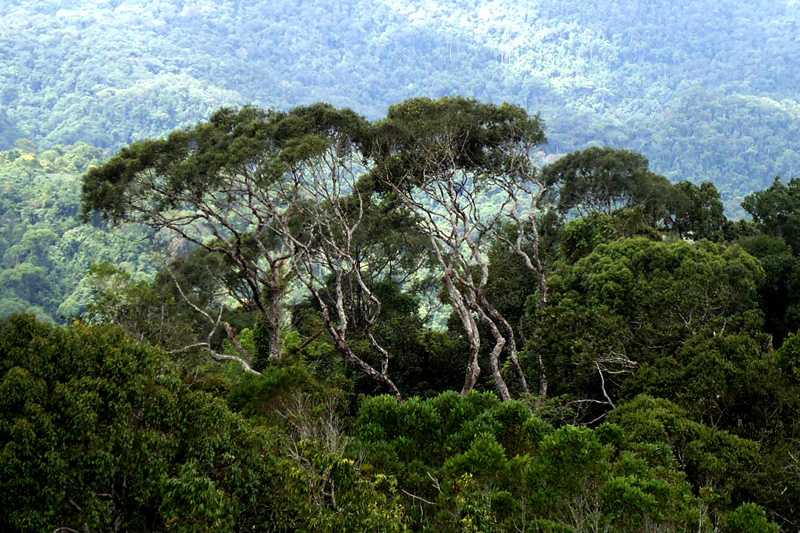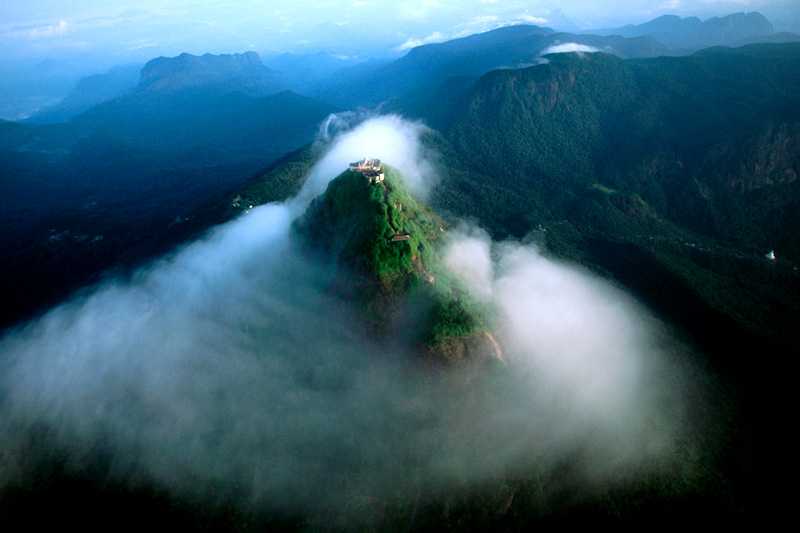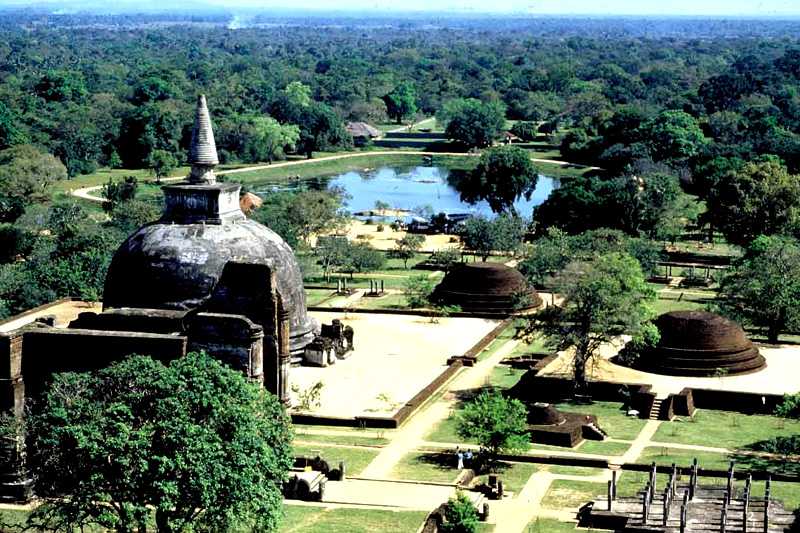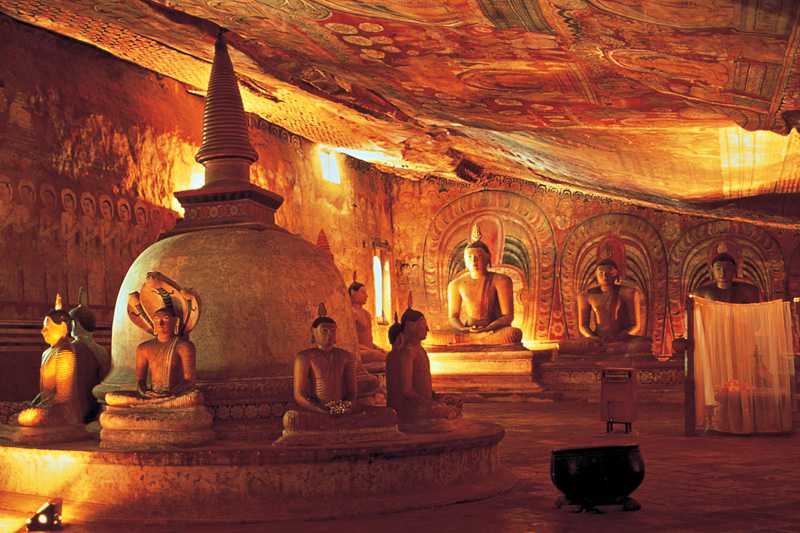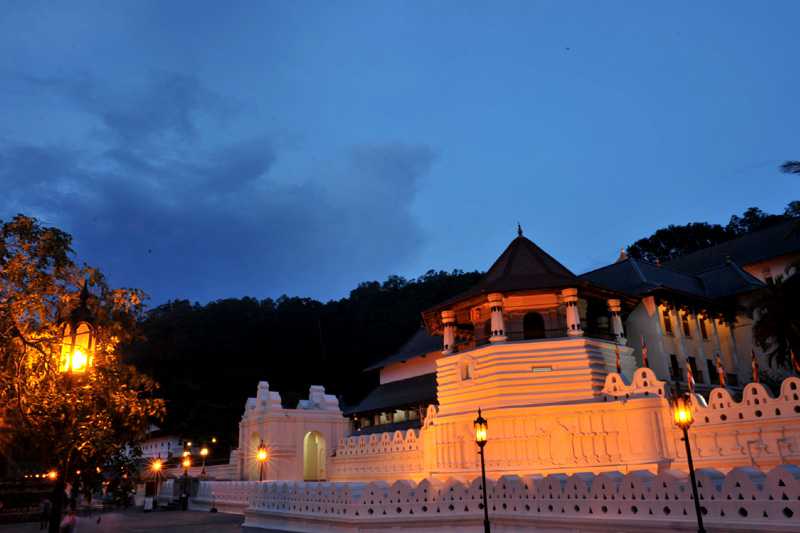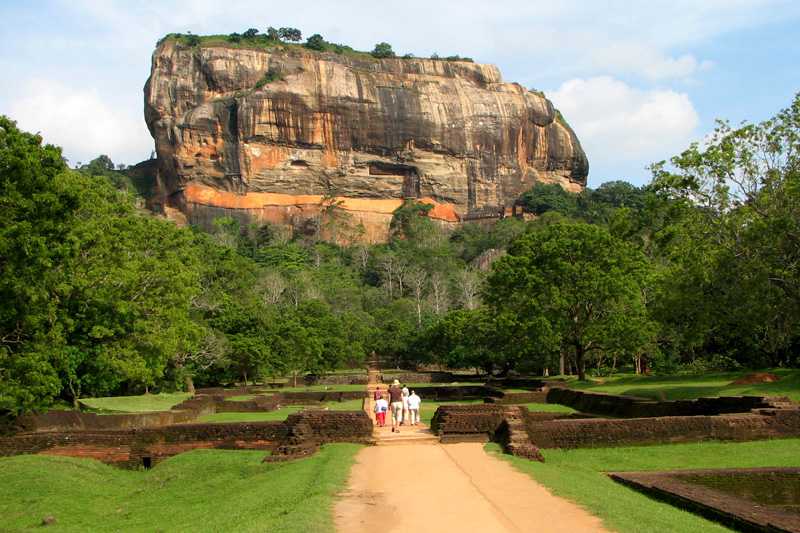Galle Fort
Sir Emerson Tennant claims that Galle was the "Tarshish" mentioned in the Bible, as the harbour where ships trading with King Solomon obtained their Elephants, Peacocks and Gemstones. Most certainly the place where the Galle Fort now stands as well as other areas in Galle like Unawatuna, Magalle, Kaluwella and even the China Gardens (which held a colony of Chinese traders several years ago) were all areas with historic connections which go long before the Portuguese Era. International traders, Persians, Moor traders from the Persian Gulf, South Indian traders, Malays and especially the Chinese and a host of other nationalities lived and traded in Galle. The Cripps Road inscription reveals the polyglot and poly-ethnic character of Galle. Even in early British times the earliest embassies were situated in Galle. For example the fi rst Consul from USA was resident in Galle.
The Galle Fort was built by the Dutch during their rule and it is the largest and the most secured fortress in Sri Lanka. It was declared an archeological reserve by the UN since 1969 and in December 1988, UNESCO declared Galle Fort World Heritage 38th Monument. A Parliament bill titled Galle Heritage Foundation Act was passed in 1994 in Sri Lanka. In addition to these entire claim, Galle Fort is unique, very special and charming as there are no other sites, areas, fortress or location when compared with Galle Fort walled city of 38 hectares (90 acres) in Sri Lanka.
The Fort of Galle is the living symbol of all this history unless the Sri Lankan Government turns out to be conscious of its responsibility to protect and preserve the tangible remains of our history; not only in Galle, but also all over Sri Lanka, otherwise all will be lost. Let the world heritage site of Galle remain symbolic of its heritage and not become a centre of palatial dwellings of foreigners, night clubs and all that go with them.
It is the only place in Sri Lanka that still retains a unique old world atmosphere and its unique place in the history of VOC. It houses eight religious institutions that include Temples, Y.M.B.A, and Y.W.C.A churches, Mosques, Zaviyas and Thakkiyas etc, that have pioneered and propagated religion and upheld all cultural values, morals, traditions, customs and other activities for several centuries. Galle is also home to educational institutions such as Southlands Maha Balika Vidyalaya established, in 1885 for girls, All Saints Maha Vidyalaya established in 1876 for boys, Al Bahjathul Ibrahimiya Arabic College established in 1892 for boys from all over Sri Lanka and three other Montessori schools are in operation.
Eighty per cent of Galle Fort has remained valued residential location. It has around 375 dwelling houses of Sinhalese, Muslims, Tamils, Burghers and others living for years in total harmony without any communal differences. Galle Fort remains an esteemed and respected residential location for centuries, with its rich religious, educational and cultural values. It has also been producing eminent scholars, educationists, doctors, engineers, lawyers, professionals and reputed businessmen. In addition, there are some 25 small business premises and about 16 government offices.
The sea beaches and the beautiful ramparts surrounding the Fort have become nature's inspiration which has been often featured in many magazines both here and abroad. The history of Galle Fort reveals that it has maintained a fl awless reputation, devoid of criminal records at all times resulting in all communities within the Fort living in peace and amity upholding all human values. The combination of historical, archaeological, and architectural institutional and residential, buildings and the fortress has inspired and infl uenced UNESCO to declare Galle Fortress as a world heritage which should last for many centuries to come than being modifi ed and converted into varied types of liquor bars and vice dens.
Galle is one of 213 places of great historical value in the world that should be conserved and protected for posterity. Perhaps the earliest recorded reference to Galle comes from the great Arab traveller Ibn Batuta, who visited the port which he calls Qali-in the mid-14th century. The Portuguese fi rst arrived in 1505, when a fl eet commanded by Lorenzo de Almeida took shelter from a storm. Clearly the strategic signifi cance of the harbour impressed the Portuguese, for 82 years later, in 1587; they seized control of the town from the Sinhala kings and began the construction of the Galle Fort. This event marked the beginning of almost four centuries of European domination of the city, resulting in the fascinating hybrid-architecturally, culturally and ethnically-which Galle is today.
The Dutch captured the city from the Portuguese in 1640, and immediately began strengthening the defenses. They remained for almost 150 years, until the city was in turn taken by the British in 1796. Not until 1947, when Ceylon gained its independence from the British, did Galle become, once again, an independent city-and by this time the long years of association with European colonialism had left an lasting stamp on the city which makes it unique in today's Sri Lanka. In recognition of this fact, the Old City of Galle-essentially the fort and its surroundings-was declared a World Heritage Site in 1988.







